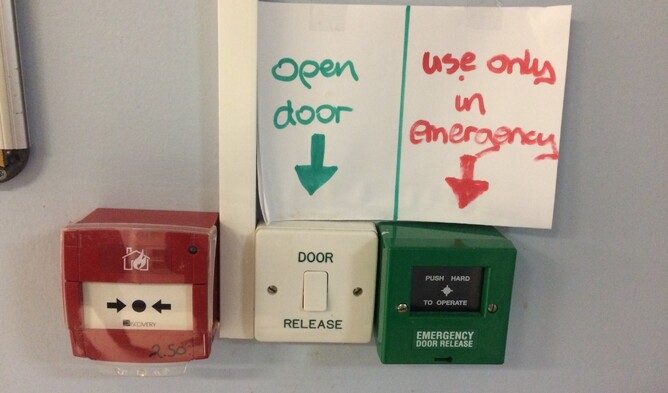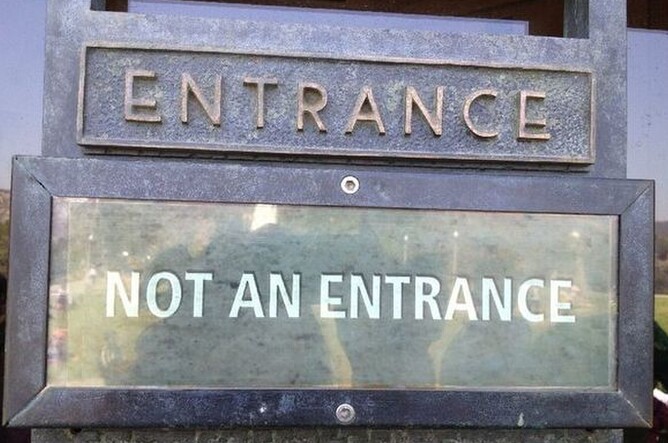Yesterday I was visiting a relative in hospital when I came across one of those doors that is locked by a magnetic latch. So, as usual I looked to the wall expecting to find a push button that would release the door and came across the scene above.
Visiting someone in hospital is never an easy thing but when it's a stroke rehabilitation ward it's particularly stressful and your mind is full of all sorts of questions. So, the last thing you need is to be confronted with something as confusing as this array of signs and buttons.
Which button would you press in an emergency?
As a designer it raises a number of questions. Why was the push button release sandwiched between two emergency related buttons? Did the person installing it really have to place all three buttons so close to each other? It makes sense that a fire alarm button is red but why is an emergency door release green?
You can see how an enterprising person has attempted to provide some guidance through large handwritten signs with arrows pointing to the relevant buttons. Presumably, this came about through frustration from people pressing the wrong button causing staff to have to come and sort things out. Or perhaps like me they just found the button placement annoying.
The colour coding of the signs was a good idea but unfortunately it's just as confusing as the buttons themselves because of the lack of consistency. Our brains are wired to look for patterns so in this scenario what does green mean? Clearly red is for something urgent but there is a green button to be used only in emergencies.
At The Imagination Factory we use something called the "10 Usability Heuristics" developed by Bishop and McQuaid at MAYA design.
This is a simple set of rules of thumb that act as a sense check on the usability of whatever you are creating:
- MATCH - match mental models
- COMPLEXITY - minimise perceived complexity
- CONSISTENCY - use consistent form, words and actions
- PLACE - provide a sense of place
- CONSTRAINTS - account for user and contextual constraints
- ANTICIPATE - anticipate people's needs
- LANGUAGE - use clear and concise language
- FEEDBACK - give feedback about actions and status
- ERRORS - prevent errors and allow graceful recovery
- AESTHETICS - strive for appropriate aesthetics


